Does your shoulder hurt after pitching and just doesn’t seem to go away? In this blog we will discuss why this occurs at the shoulder and how we as athletes can work to decrease the pain and prevent future Injury.
The shoulder and elbow during a baseball throw takes on a tremendous amount of stress. Research showing that peak forces can reach up to 48% of the humeral head capacity. Along with the elbow receiving increased torque as velocity and shoulder external rotation increases. In simpler terms this means as the arm begins to extend back more stress is placed on the shoulder and elbow. To help combat the enormous torque of throwing, the body relies heavily on the muscles of the arm and shoulder. They work as the accelerators and decelerators of the arm. Rotator cuff , Biceps, Triceps, and Latissimus Dorsi, are the main muscles involved at the shoulder. They provide stability and work to absorb the force produced by throwing. Scapula aka shoulder blades must also adapt as well, creating increased elevation and upward rotation, this allows room for overhead arm movements preventing subacromial impingement. Disruption in muscle strength, control, or shoulder blade control leads to faulty pitching and shoulder mechanics, resulting in pain or dysfunction of the shoulder.
Normal Throwing Pain
Soreness should be expected around the shoulder and may present uniquely with each pitcher due to different body types and mechanics during throwing. Common sore areas are on the side of the shoulder, upper back, and near the shoulder blade, this will also vary from pitcher to pitcher. Soreness should not last longer than 3-4 days after pitching, depending on the amount of pitches thrown. Treatment for muscle soreness can vary from pitcher to pitcher , acceptable options are anti-inflammatories, Ice, and increased cardio to promote blood flow to the area.
When Should I Seek Care
Pain lasting longer than 4 days with rest and recovery should be considered an injury and no longer the typical throwing soreness. Further examination by a specialist in the field Doctor of Physical Therapist, or Orthopedics to confirm that further imaging or surgery is not necessary should be the nest step. A Doctor of physical therapy are experts in identifying faulty movement patterns caused by injury and prescribe personalized exercises defined by patient limitations to help recover and improve performance. Pain that presents around the elbow or with numbness or tingling should also have further examination. Pain around the elbow should never be overlooked due to the lack of muscles for support as compared to the shoulder. Numbness and tingling of the arm usually means with nerve being impinged near the neck or somewhere along the path down to the hand. With the most common nerve being affected as the Ulnar nerve.
What is Causing my Throwing Injury
Common Injuries discovered in a specialist visit are Bicep tendinitis, Subacromial impingement, labrum tear, and Internal Impingement. All four injuries present with pain at the shoulder, but are treated differently through the rehab process. The cause of the Injury may vary but can be due to over-use, poor pitching mechanics, or poor shoulder mechanics placing more stress on the shoulder. If an injury has resulted in missing games, a return to sport examination from a Sports Physical Therapy Clinic should occur prior to returning. Arm Care should continue after release from Physical therapy, and is essential to long term success. Essential Physical Therapy and Performance creates continued arm care programs to bring a challenge to arm health. Inefficient mechanics can cause increase stress to the shoulder and elbow an excellent pitching coach is mandatory to address the poor mechanics and help promote longevity throughout the game and season. Arm Care Meeting with a Throwing specialist and pitching coach following extended shoulder soreness is the best option to prevent future injury and Improve performance.


